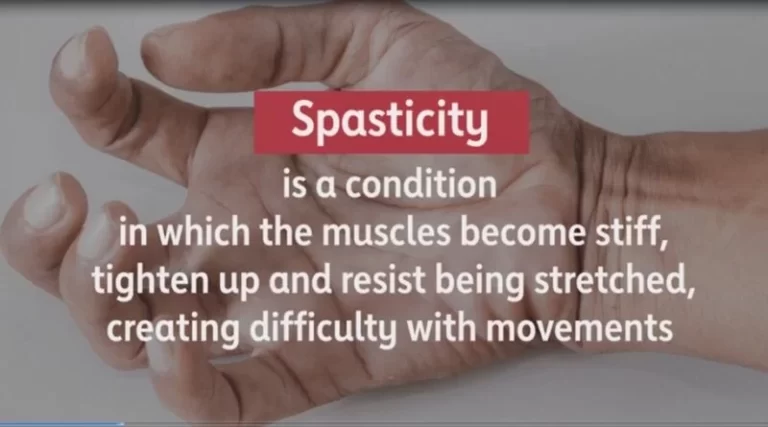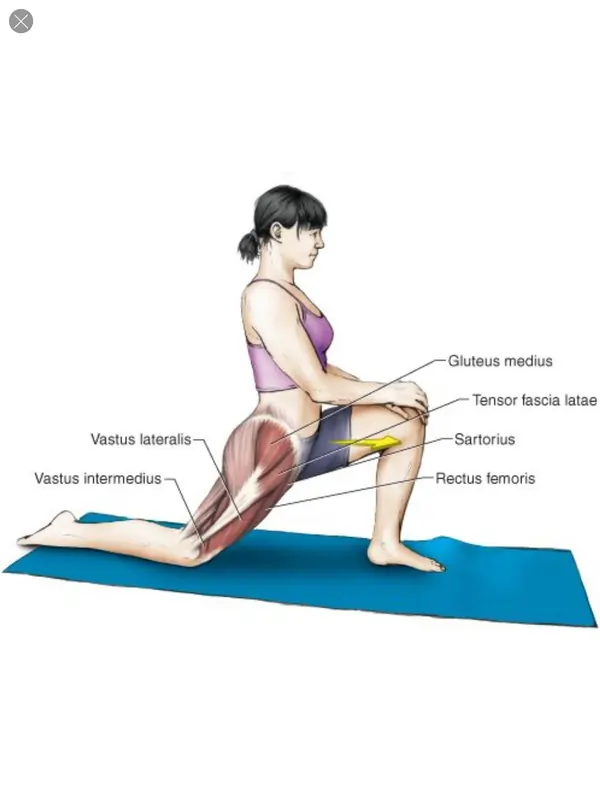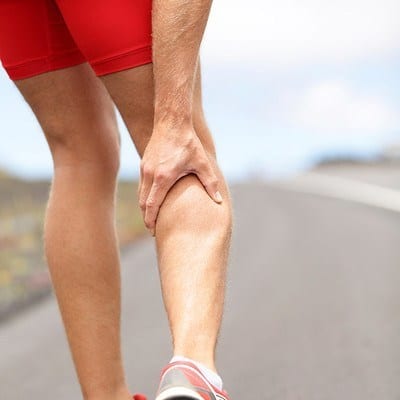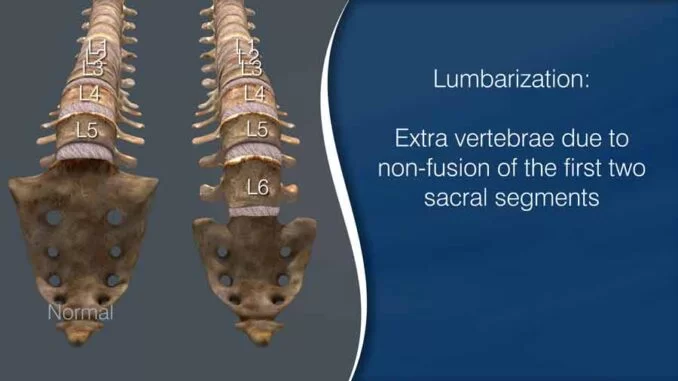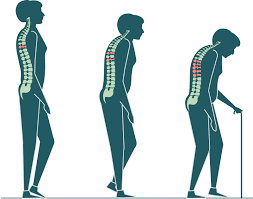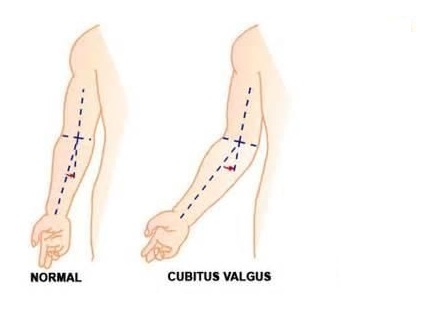SPASTICITY IN LEG
What is Spasticity in legs? Causes of Spasticity in Leg : Symptoms of Spasticity in leg : Spasticity in the Leg mainly seen in flexor group of Muscles. eg. Calf and Hamstring muscle spasticity are most common. Trigger spasticity in leg : Spasticity in legs look like : Muscle spasticity feel like: Complications of Spasticity…


